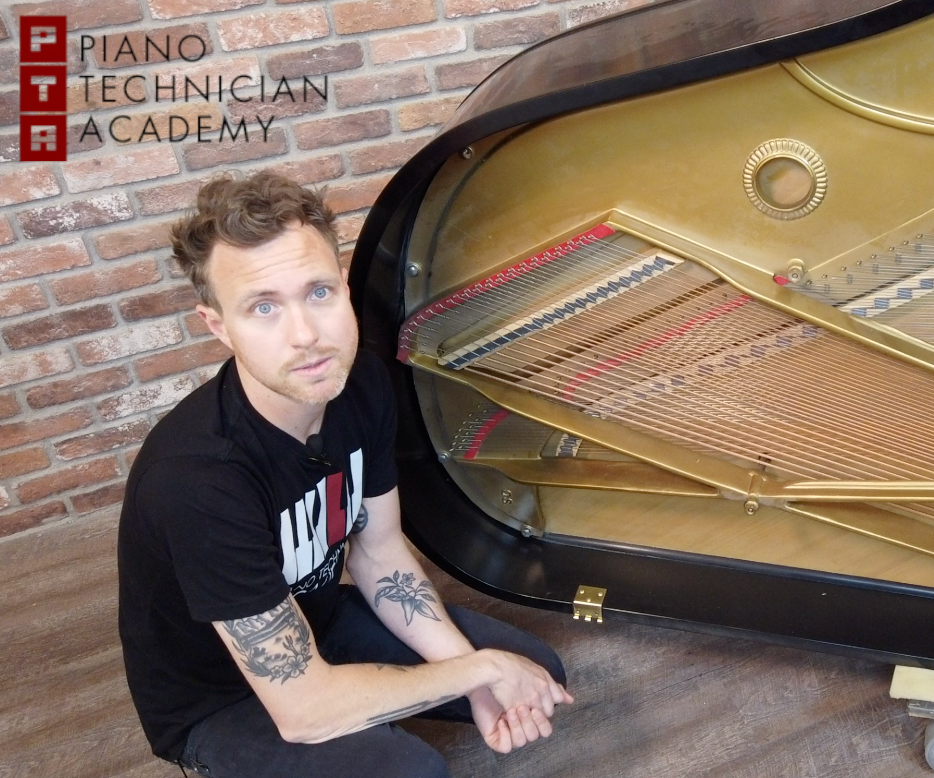When we were developing the latest version of our piano tuning and repair course, we had to decide what pianos we wanted to teach on. Being that we filmed right next door to a Yamaha dealer, it seemed obvious that we would teach on Yamaha pianos but we also needed to show how other brands sounded and functioned. I myself am a Mason & Hamlin fan and love working on these pianos so we pulled one of those in the mix as well as a Yamaha, Pearl River and some random older uprights.
During filming we had many light hearted teasing going on about what piano brands were better and why. Personally I love a warm, rich, pure tone with rounded corners and a more colorful dynamic scale. David and Adam Hayes preferred the brighter, clean tone of a Japanese brand. That got us talking about what makes a piano bright and what makes it warm.
In the early 1900s there were close to 2000 piano manufacturers in the USA alone and every one was making their plates (laymen term is harp) using the "wet sand casting" method. This involves creating a form out of wet sand in the shape of the plate and pouring hot cast iron into the form. Once the Iron was in place, they would pour wet sand on top of it to make it cure more slowly. This resulted in a plate curing time of about 6 months to fully cure.
In the 1970s Yamaha came out with what they called "V-Pro" casting. This stands for "Vacuum Process" and involves a closed form with a hole at the top. The worker will pour the hot cast iron into the hole and vacuum suck the air out of the form to almost instantly cure the iron (only takes about 4.5 minutes to fully cure). This usually requires putting other agents in the iron and some manufacturers have even admitted to putting tin in their mix as a cheap filler that is light in weight. By the 1980s, most promotional grade pianos were built using v-pro as it was a lot cheaper and way faster than wet sand casting. Most higher end, hand made pianos continued with wet sand casting.
The results are pretty noticeable... The wet sand casting creates a more bell like tone with rounded edges (think Steinway, Mason & Hamlin, Bosendorfer, etc) while v-pro plates tend to sound more bright and crisp (think Yamaha, Kawai, etc). We are now seeing a lot of the budget manufacturers going back to wet sand casting as more and more customers are building homes with open floor plans and tile. In these environments, most piano owners don't want a loud bright piano bouncing all throughout their home and tend to prefer a warmer tone. This can also be achieved with softer hammers but that is a different blog!
In short, one way isn't necessarily better than the other, they just produce different results.


